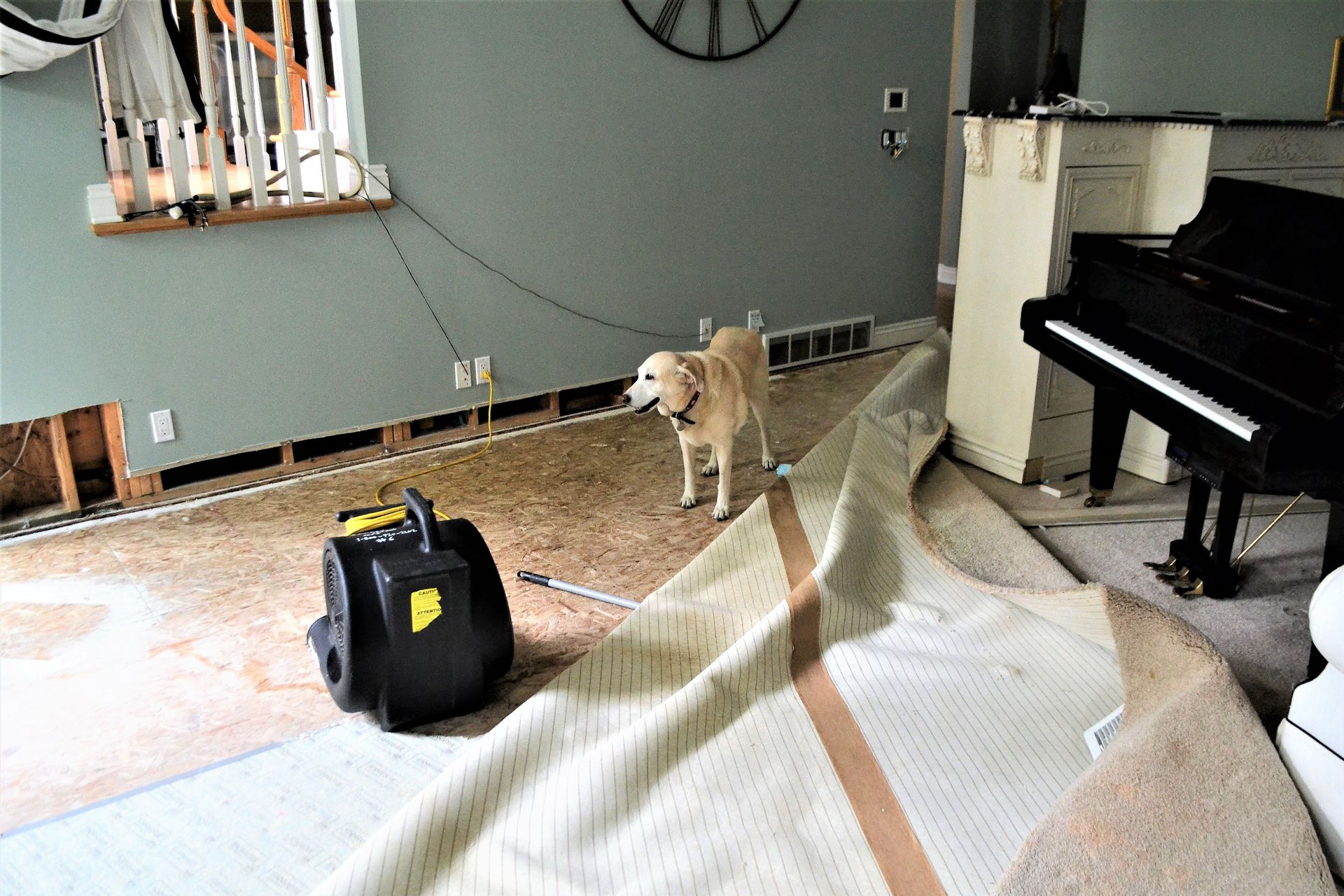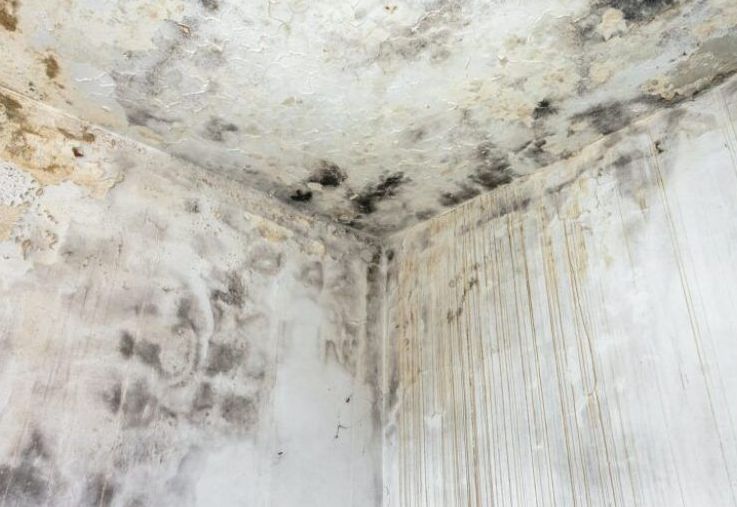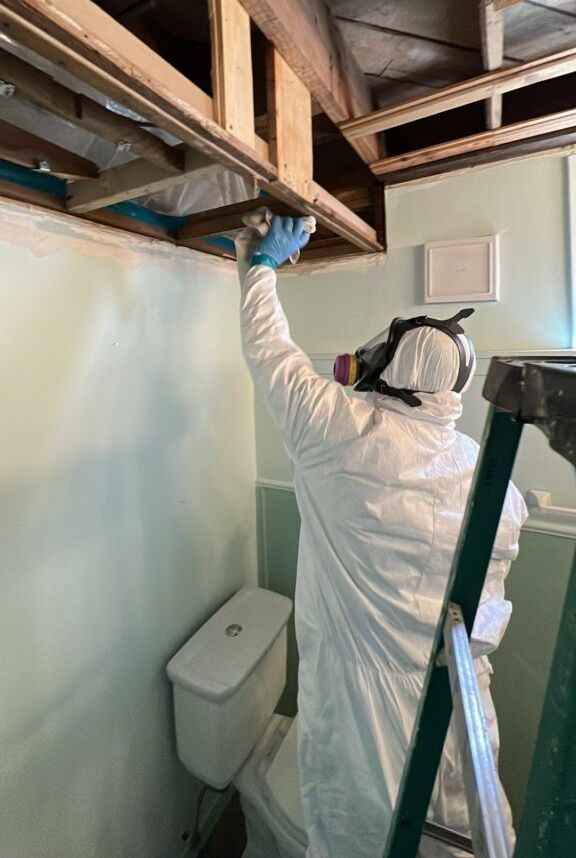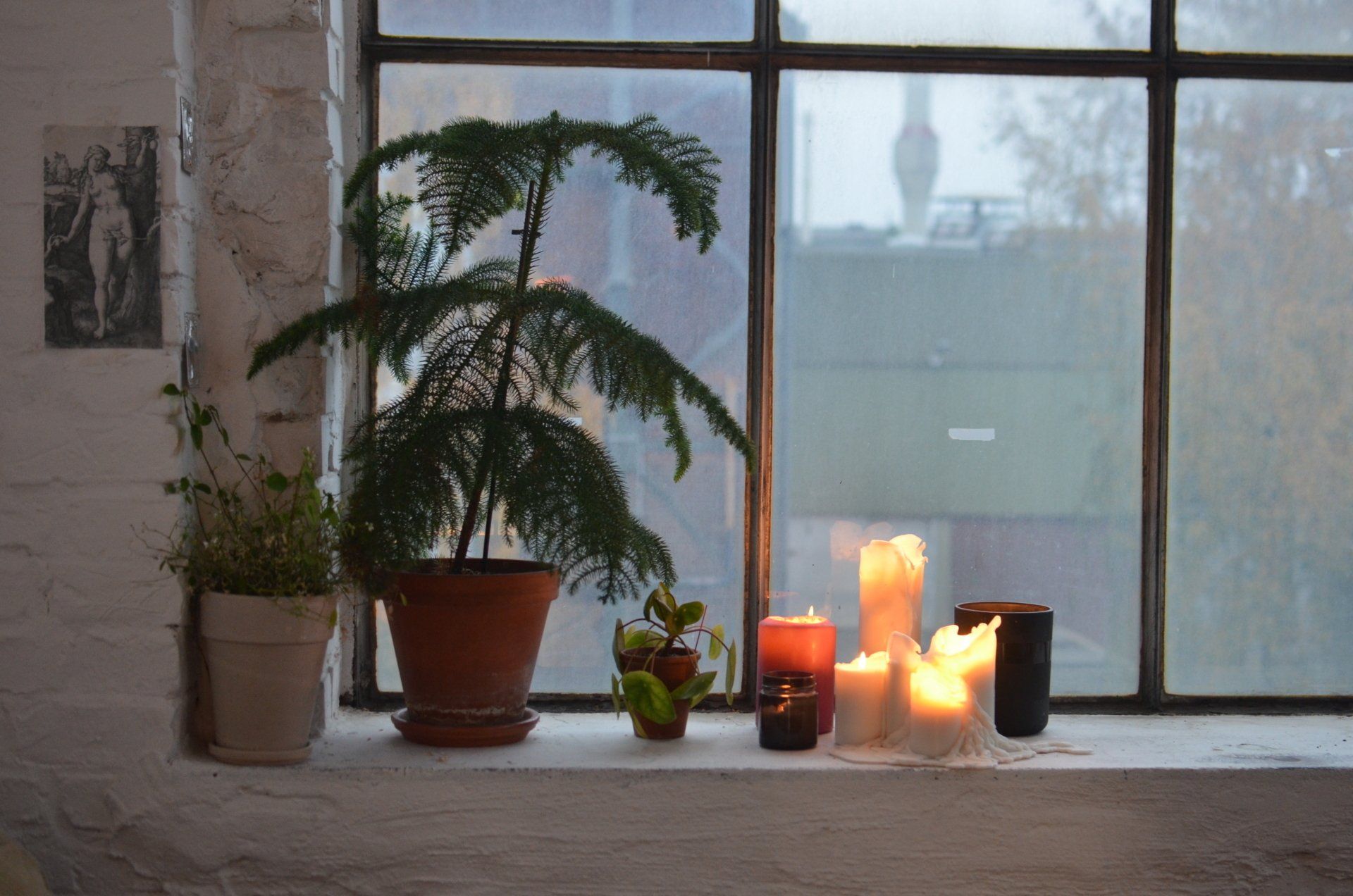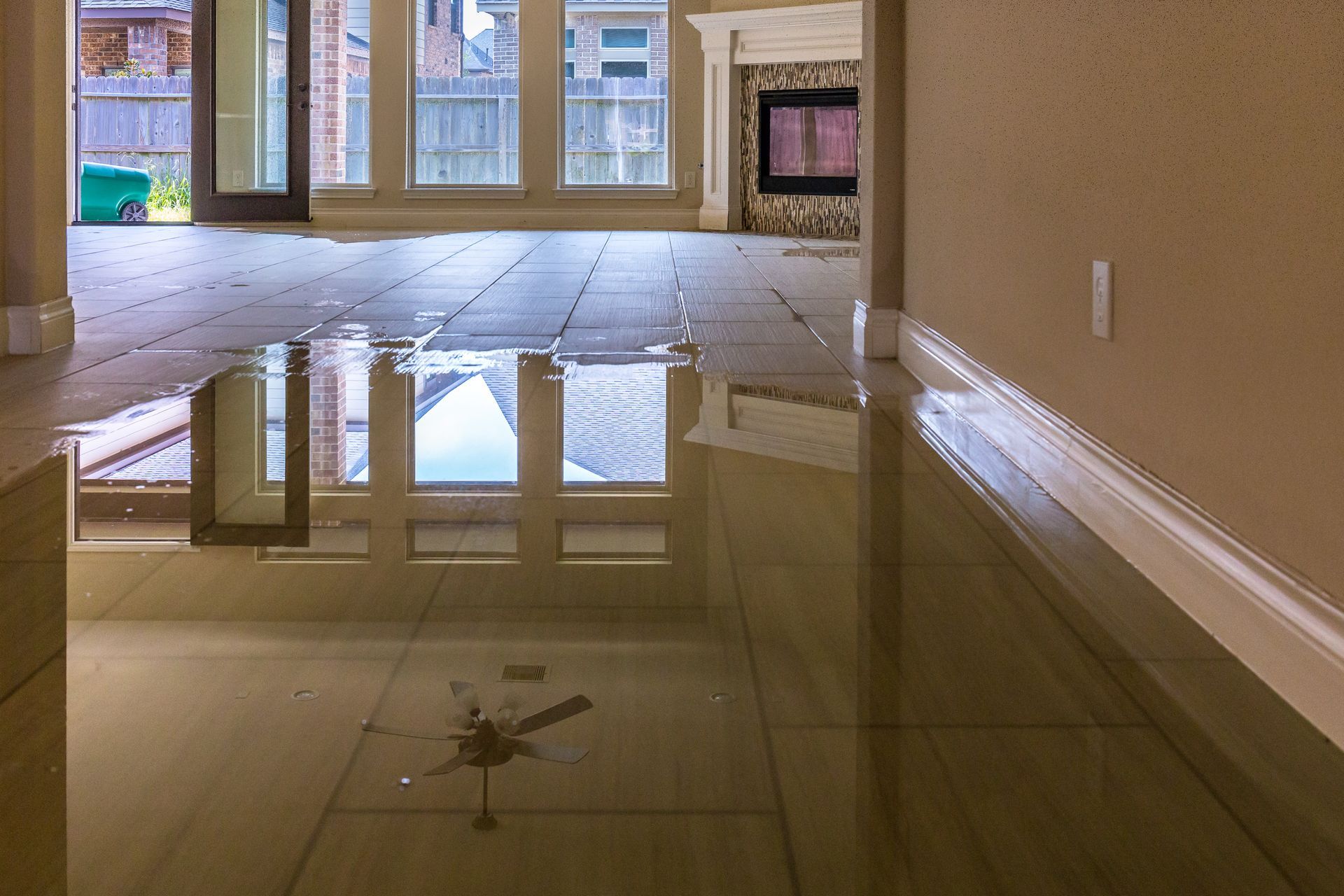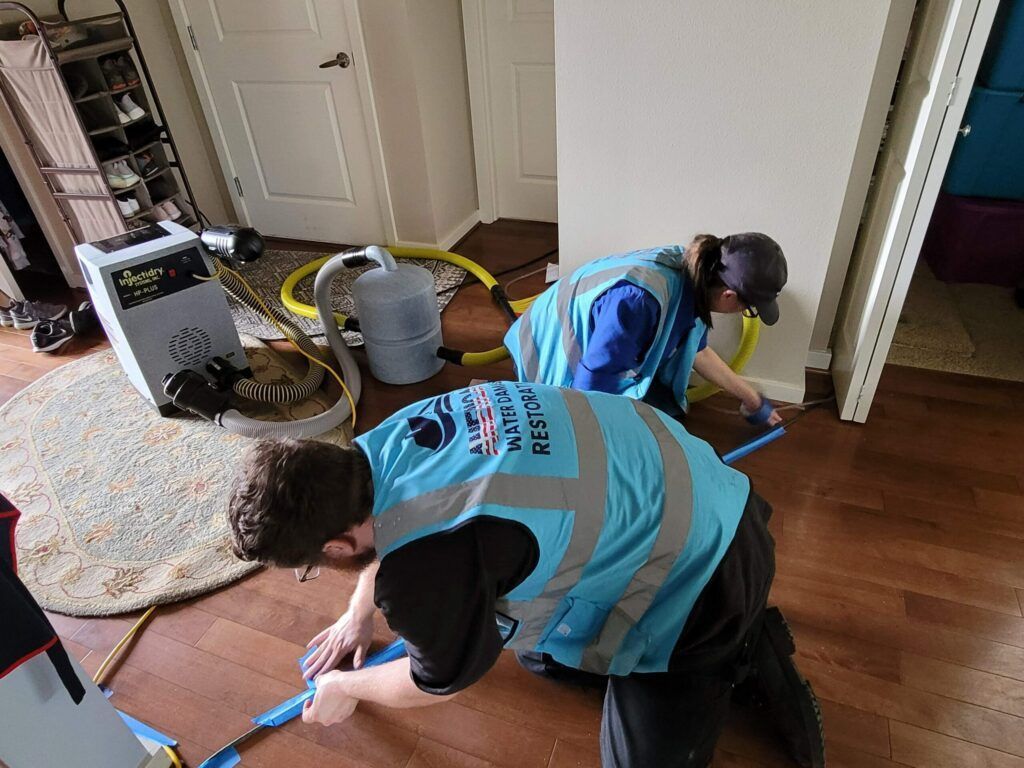- 24/7 EMERGENCY SERVICE
- ON OUR WAY IN 60 MINUTES OR LESS
- WE WORK WITH YOUR INSURANCE
Understanding the Different Types of Fire Damage
Understanding the Different Types of Fire Damage
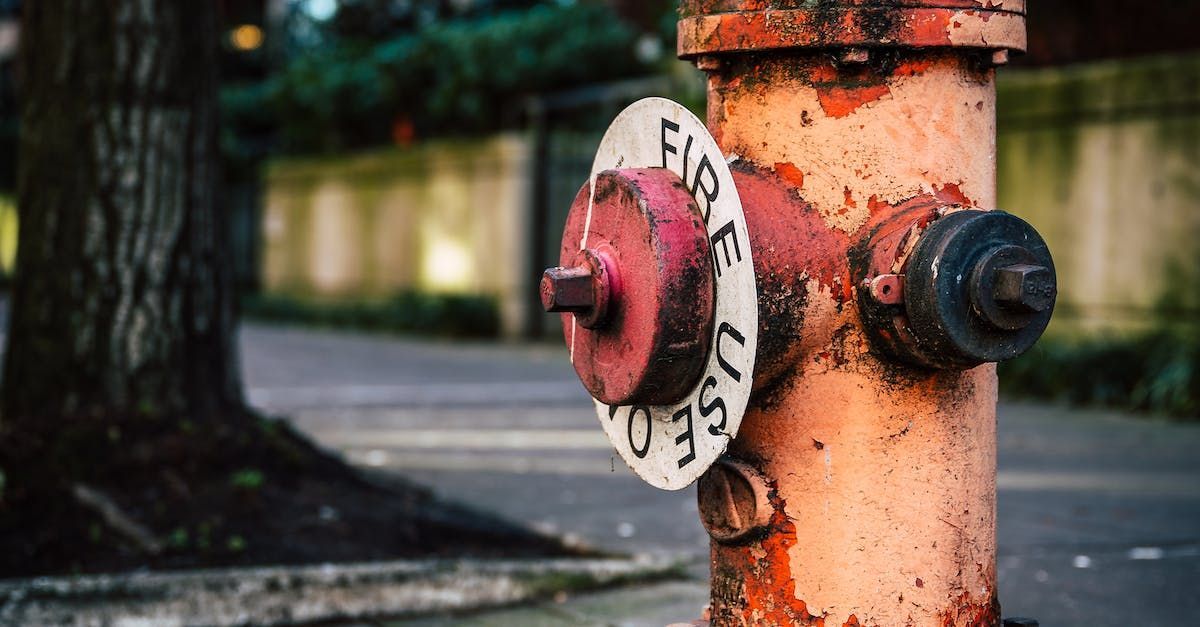
Fire incidents, prevalent and devastating, can cause extensive property damage. Understanding different types of fire damage is crucial for homeowners, insurance adjusters, and restoration professionals in effectively managing post-fire scenarios. Let's discuss the classes of fire, types of fire damage, the impact of different fire and smoke types, and the importance of timely fire damage clean-up and restoration.
The Key Types of Fire Damage
Fire damage varies significantly depending on several contributing factors. These include the source of the fire, the materials involved, the duration of the fire, and the type of fire and smoke produced. For instance, a kitchen fire involving cooking oils or fats will result in a different kind of fire damage than an electrical fire. Similarly, fires that involve synthetic materials can create more complex smoke damage compared to those involving organic materials. Understanding these nuances is crucial in determining the most effective strategy for fire damage clean-up and restoration.
Structural Damage
Structural damage from fires can manifest in different forms. Charred wooden frames, weakened walls, and compromised foundations are common indicators. Wood, easily combustible, chars and weakens rapidly in fires. Steel can lose its structural integrity when exposed to high temperatures. Concrete, while more resistant, can suffer spalling, where high heat causes surface layers to crack and flake off. Acknowledging these signs is crucial for timely restoration after a fire.
Smoke and Soot Damage
Smoke damage varies broadly, with each type posing unique cleaning challenges. Wet smoke, produced by low-heat fires, leaves behind sticky, odoriferous residues. Dry smoke from high-heat fires leaves fine, powdery soot. Protein smoke, usually from kitchen fires, has a pervasive odor and a nearly invisible residue. Fuel oil soot, from furnace puff backs, causes greasy, sticky soiling. All types can pose serious health risks if not properly cleaned and restored, underscoring the necessity of professional intervention.
Water and Mold Damage
Water damage often occurs as a side effect of firefighting, resulting in damp conditions ideal for mold growth. The risk of mold can be minimized through quick
water extraction and
dehumidification. If mold is already present, professional remediation services are necessary to ensure complete and safe removal, preventing further damage and health risks.
Electrical Damage
Electrical damage from fires can impair the safety and functionality of a home's electrical system. Intense heat can melt wires, disrupt circuits, and damage outlets, posing potential shock and fire hazards. Therefore, a thorough inspection by a certified electrician post-fire is paramount to ensure the system's safety and reliability, preventing further fire incidents and ensuring occupants' well-being.
Chemical Damage
Chemical damage results from materials that combust or are exposed to intense heat, often producing hazardous residues. These residues can pose serious health threats if not properly managed. Specialized cleaning and disposal methods are thus crucial to safely handle these chemical remnants, reinforcing the need for professional restoration after fire incidents.
How is Fire Damage Assessed
Fire damage assessment begins with a thorough inspection of the property by a team of professionals. Their experience enables them to identify safety hazards, structural damage, and areas affected by smoke and soot. Modern technology, such as
thermal imaging cameras and moisture meters, plays a crucial role in assessing the damage accurately. Thermal imaging helps locate hidden heat sources and hot spots in walls or ceilings, while moisture meters determine the extent of water damage from firefighting efforts. An accurate assessment is crucial in planning effective restoration strategies, emphasizing the necessity of professional evaluations.
Fire Damage Restoration Process
Fire damage restoration is a meticulous, multi-step process. It begins with an immediate clean-up, where the site is cleared of debris and damaged items. This is followed by water extraction and drying to address any water damage from firefighting efforts. Next, professionals assess
smoke damage and deploy specialized cleaning techniques to remove soot and smoke residues from affected surfaces. The restoration team then repairs any structural damage and replaces damaged fixtures, ensuring the property regains its pre-fire condition. Throughout each phase of this process, safety remains paramount, with measures taken to prevent further damage or risk.
Can Fire Damage Be Prevented?
Fire damage, while often devastating, can be prevented through a combination of regular maintenance, safety systems, and proactive planning. Regular inspections of electrical and heating systems can uncover issues before they escalate into fire hazards. Installing and maintaining fire alarms ensure prompt warnings, giving occupants vital minutes to evacuate and initiate a response. Furthermore, having a well-rehearsed fire safety plan enhances preparedness, contributing significantly to personal safety and property protection. Understanding the types of fire and potential damage is integral to prevention, paving the way for safer homes and workplaces.
Next Steps After Fire Damage: Moving Forward
At
American Water & Damage Restoration, we offer professional and comprehensive fire damage clean-up and restoration services. Our experienced team has the expertise to handle all fire types and the resulting damage. We're committed to helping you restore your property and peace of mind. Contact us today for a seamless restoration experience. Let us turn your post-fire challenges into a path forward.
CONTACT US 24/7 FOR ANY TYPE OF RESTORATION SERVICES
Our Contact Information
123 2nd Ave S, Edmonds, WA 98020, United States of America
OPEN 24/7
CONTACT US 24/7
For an immediate response call us 24/7 at (206) 771-7040 or complete the form below.
Contact Us
We will get back to you as soon as possible.
Please try again later.
24/7 Emergency Services!
CALL (206) 771-7040
We’re Fast! We’re Efficient!… And we will get the job done right, the first time!
Contractor Number: AMERIWD794PJ
OUR SERVICES
CONTACT INFO
123 2nd Ave S, Edmonds, WA 98020, United States of America
All Rights Reserved | American Water and Damage Restoration LLC

